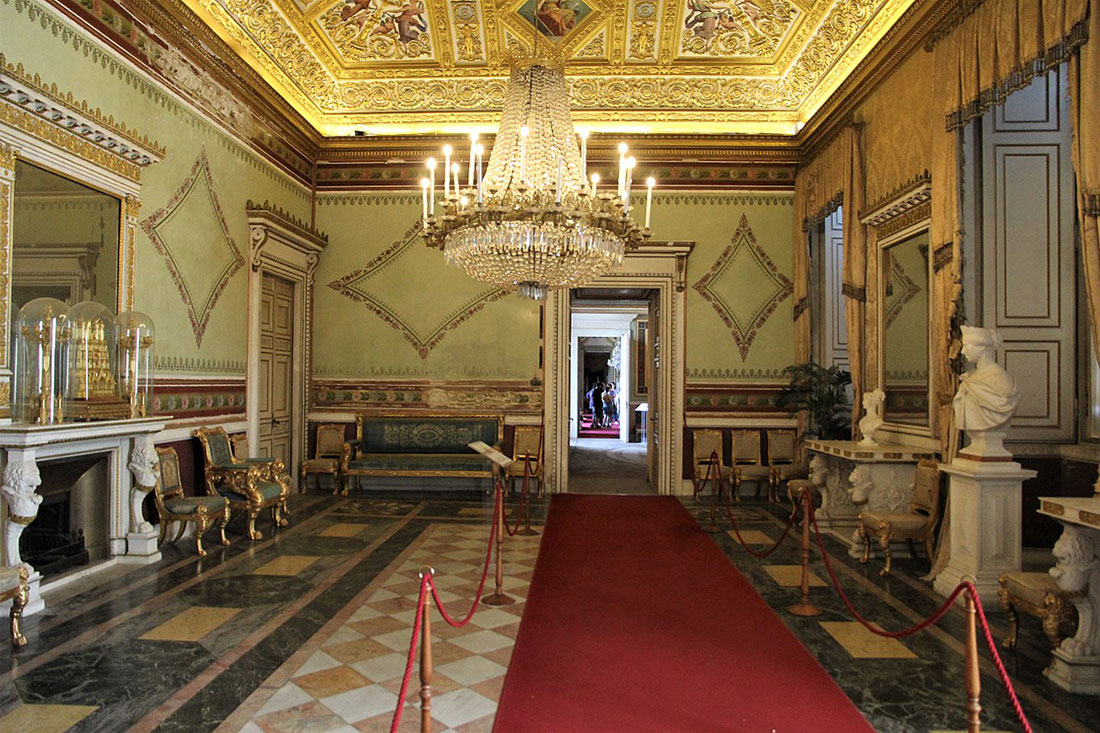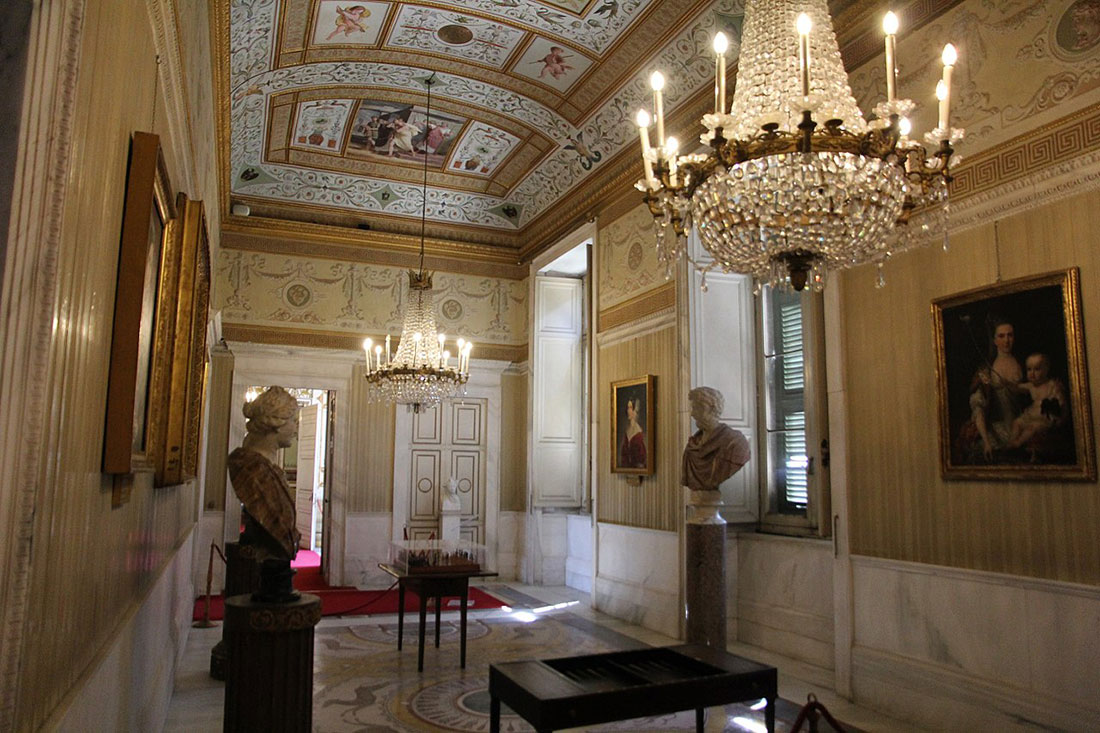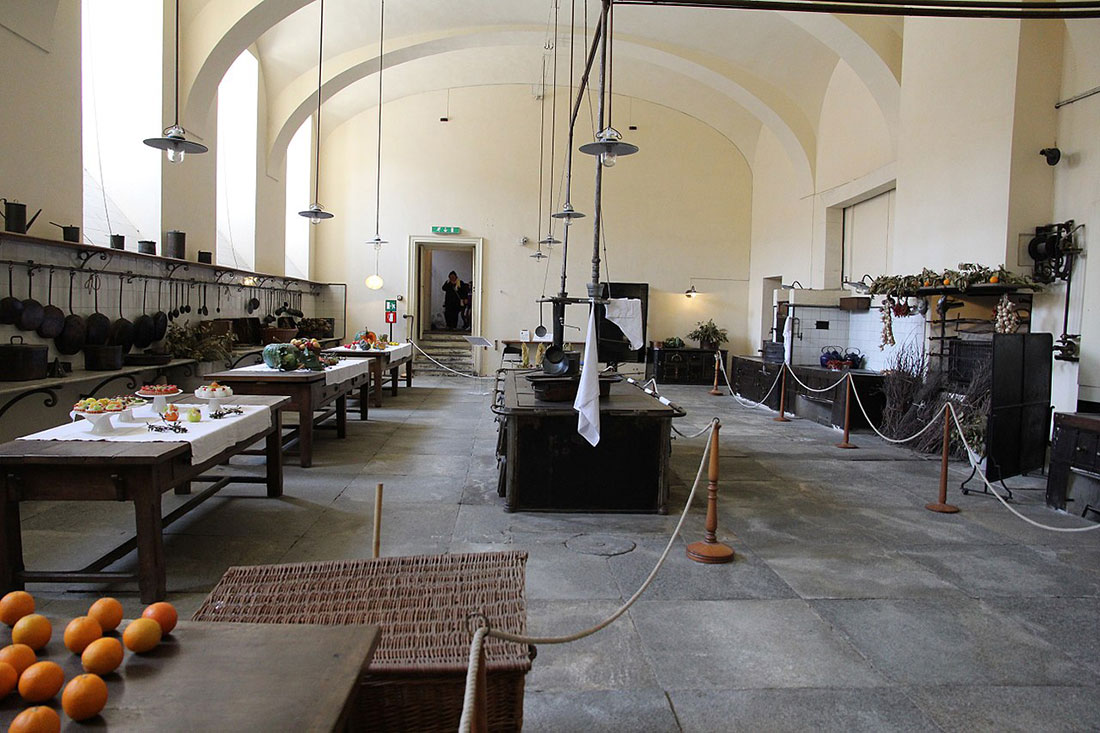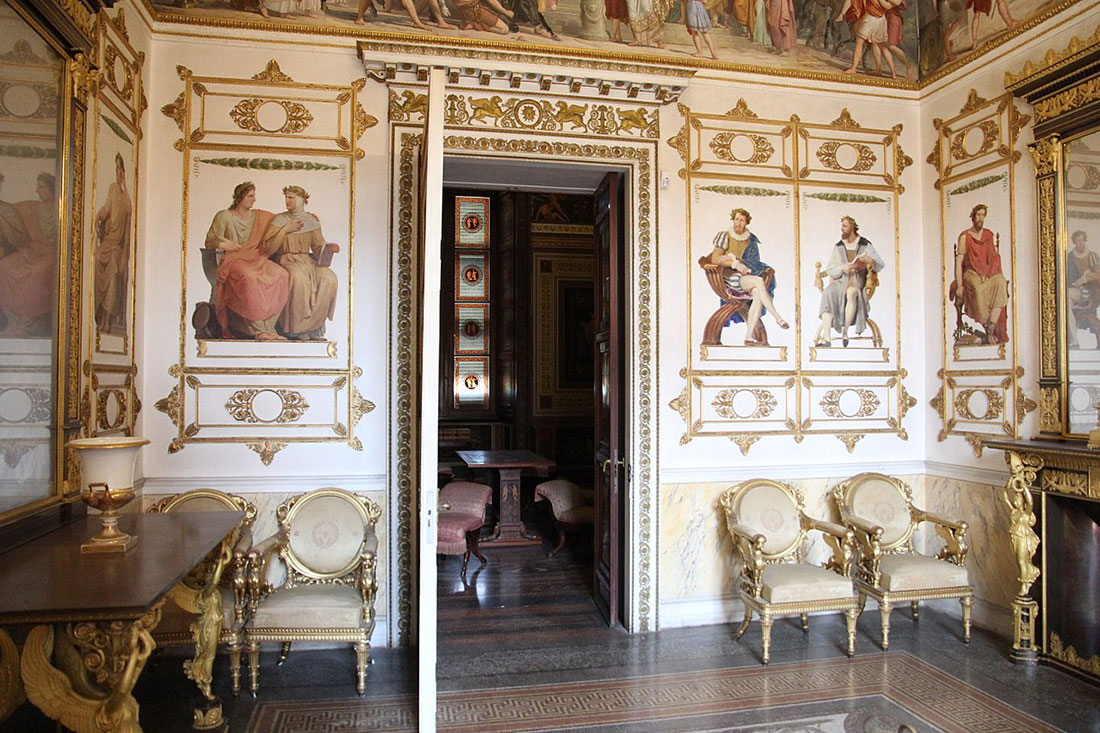The history of the royal castle of Racconigi began at the end of the 12th century. Then it was the official residence of Carignano – one of the branches of the House of Savoy, and one of the residences of the Royal House of Savoy, today included in the list of UNESCO World Heritage Sites. At first the complex belonged to the marquises of Saluzzo, then to the princes of Acaja, and in 1605 it became the property of the House of Savoy. Its expansion and transformation into an aristocratic residence began under the leadership of the famous architect Guarino Guarini.
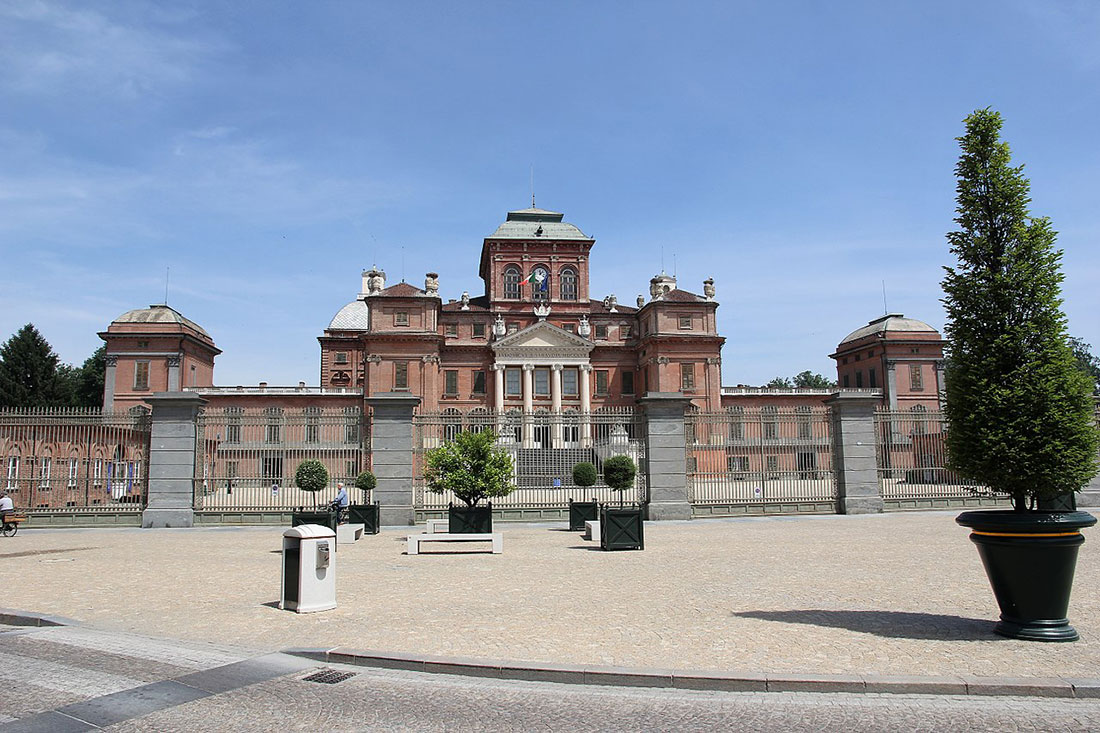
The Royal Castle of Racconigi, located in the town of the same name near Turin, has been the home of princes and kings for centuries. Today it is a well-known and very popular museum center, which is part of the residence complex of the House of Savoy in Piedmont and is included in the UNESCO World Heritage List
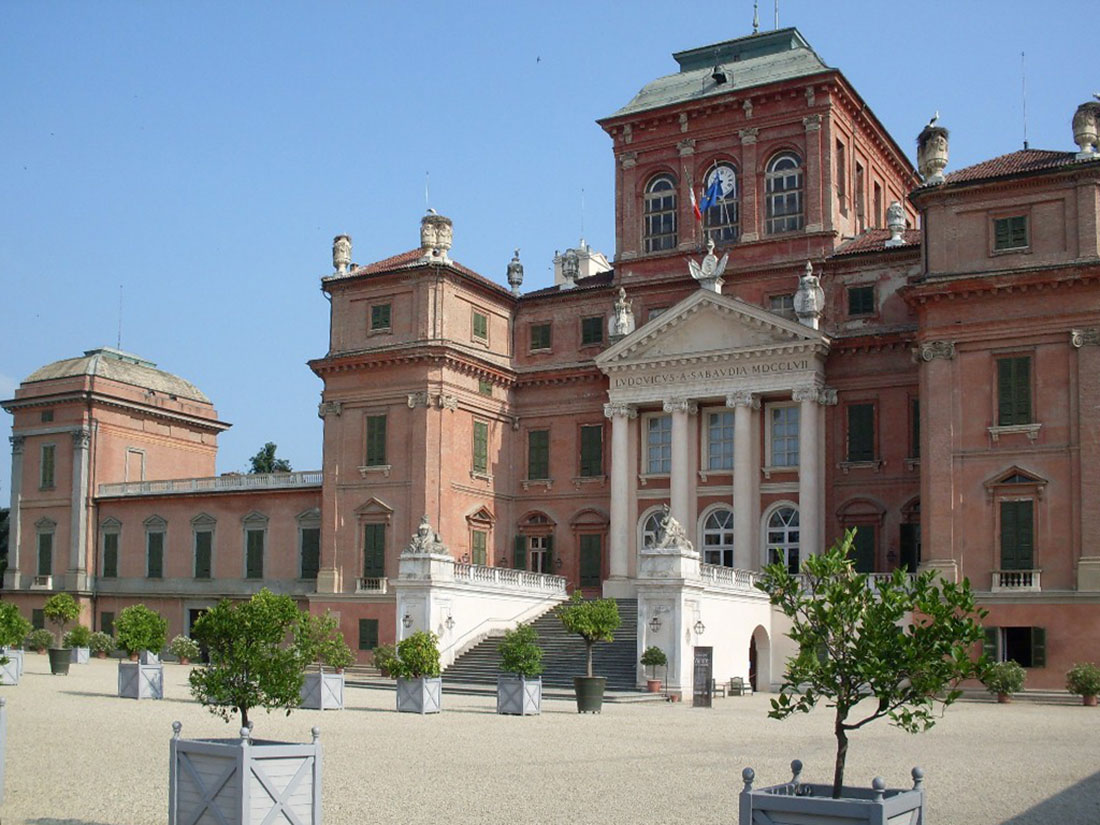
The first mention of the castle dates back to about 1000, when Bernardino of Susa rebuilt the old manor, leaving it later to the Cistercian monks. Later, in the 16th century, the complex became the property of the Dukes of the House of Savoy. In 1630 Duke Charles Emmanuel I granted it to his nephew Thomas Francis, founder of the Carignano branch of the House of Savoy. At that time, the castle was a high square brick fortress surrounded by a moat, with four corner towers and a high keep on one side.
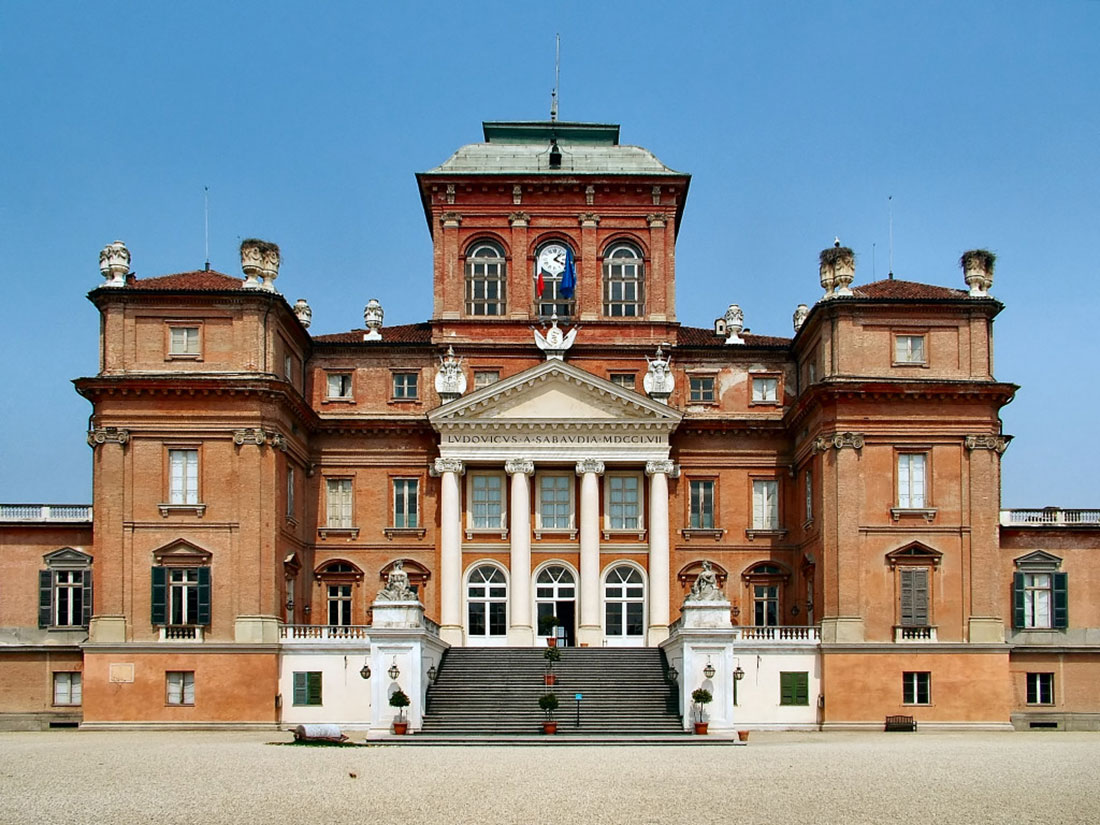
The son of Thomas, Emanuele Filiberto, commissioned Guarino Guarini to turn the fortress into a holiday residence at the end of the 17th century. The architect built the current central part, where the courtyard was located, adding a roof in the form of a pagoda. The two northern towers were replaced by pavilions with domed roofs and white marble lanterns. French-style gardens have also been created, overlooking the castle. They were designed by the famous 17th-century French landscape architect André Le Nôtre, famous for creating the legendary gardens of Versailles.
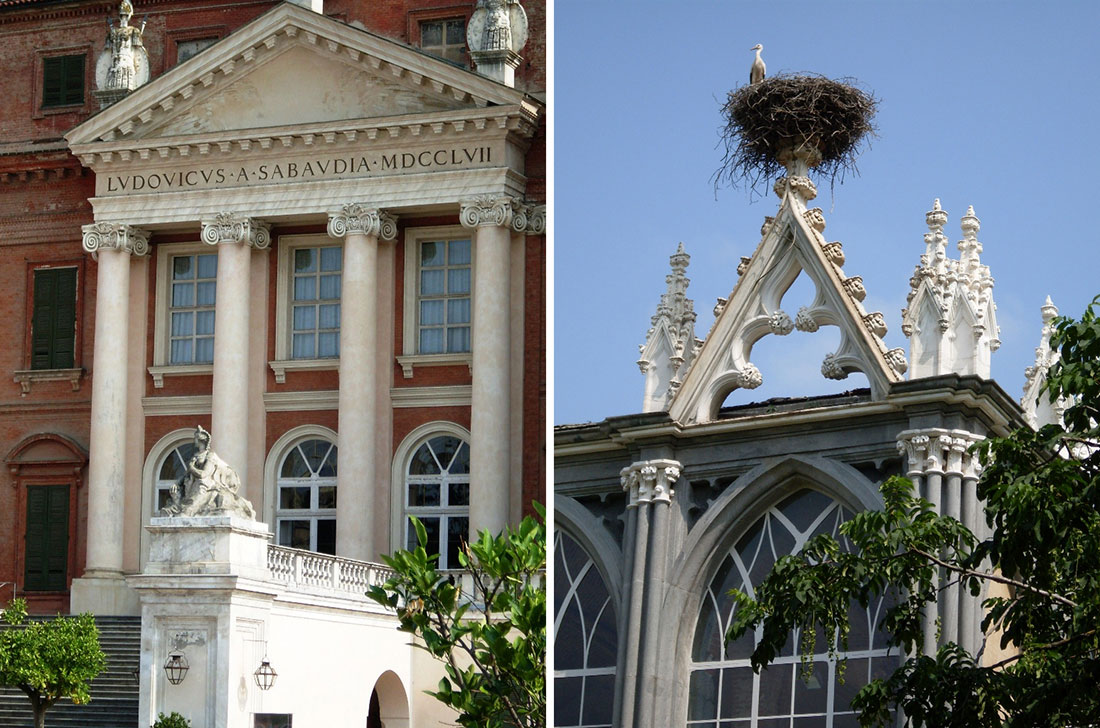
Paolopiglione, via Wikimedia Commons (CC BY-SA 3.0)
At the end of the 18th century, Ludovico Luigi Vittorio Carignano ordered the renovation of the interiors and the enlargement of the two south towers. He also added stucco and other neoclassical decorations, commissioned a grand staircase and a new entrance with four Corinthian columns and a triangular pediment.
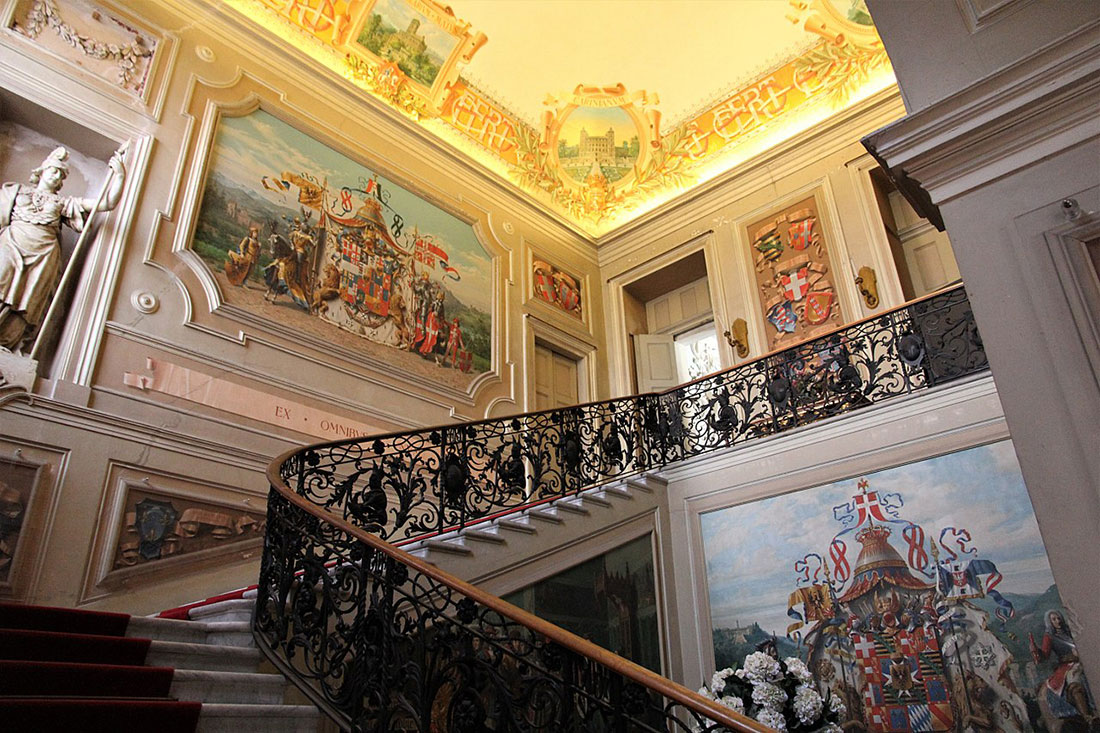
Over time, Charles Albert Carignano, who later became King of Sardinia, enlarged and embellished the castle to demonstrate the magnificence of his reign. His court architect Ernesto Melano expanded the ancient square structure around the central part, added two side buildings connected to the facade pavilions, and another staircase on the south side.
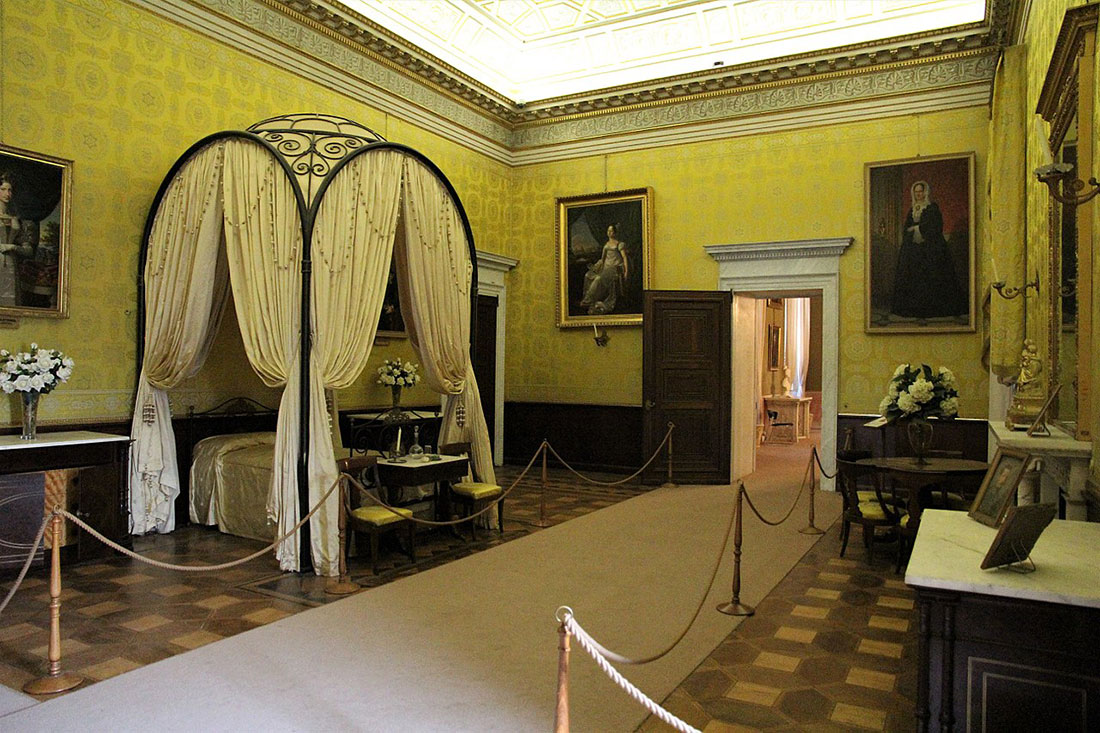
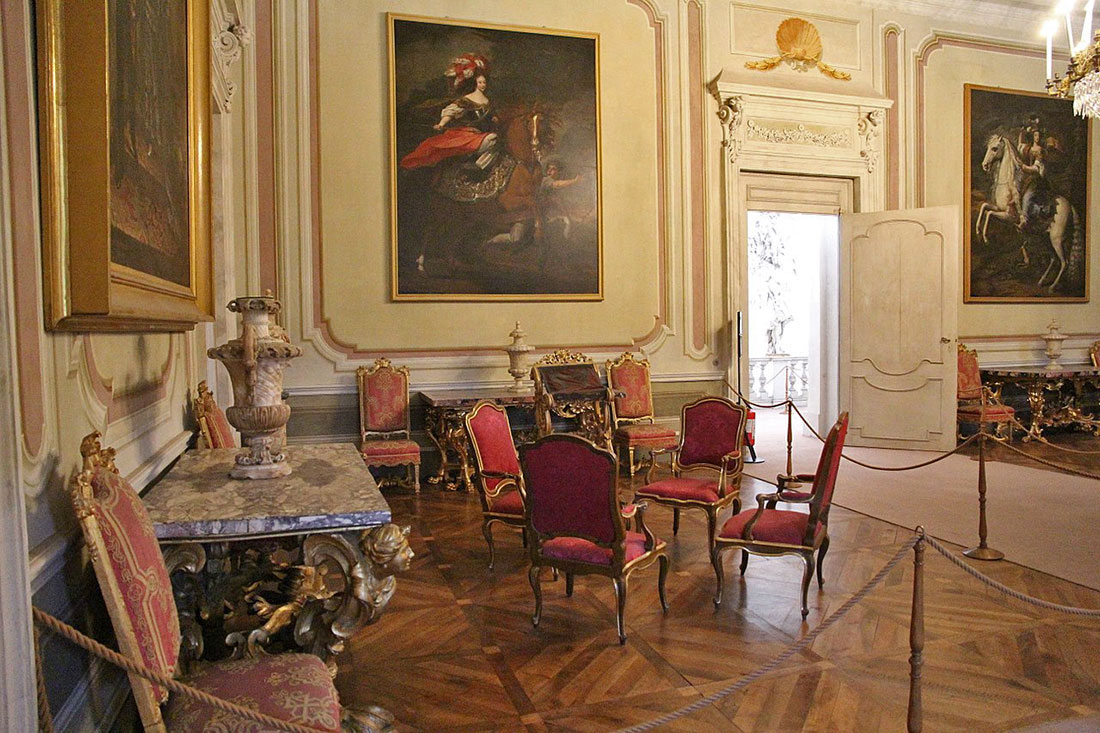
In 1904, Umberto II, the last king of Italy, was born in Racconigi Castle. Having received the castle as a wedding gift in 1930, he set about installing a family gallery of about 3,000 paintings and historical documents about the Shroud of Turin.
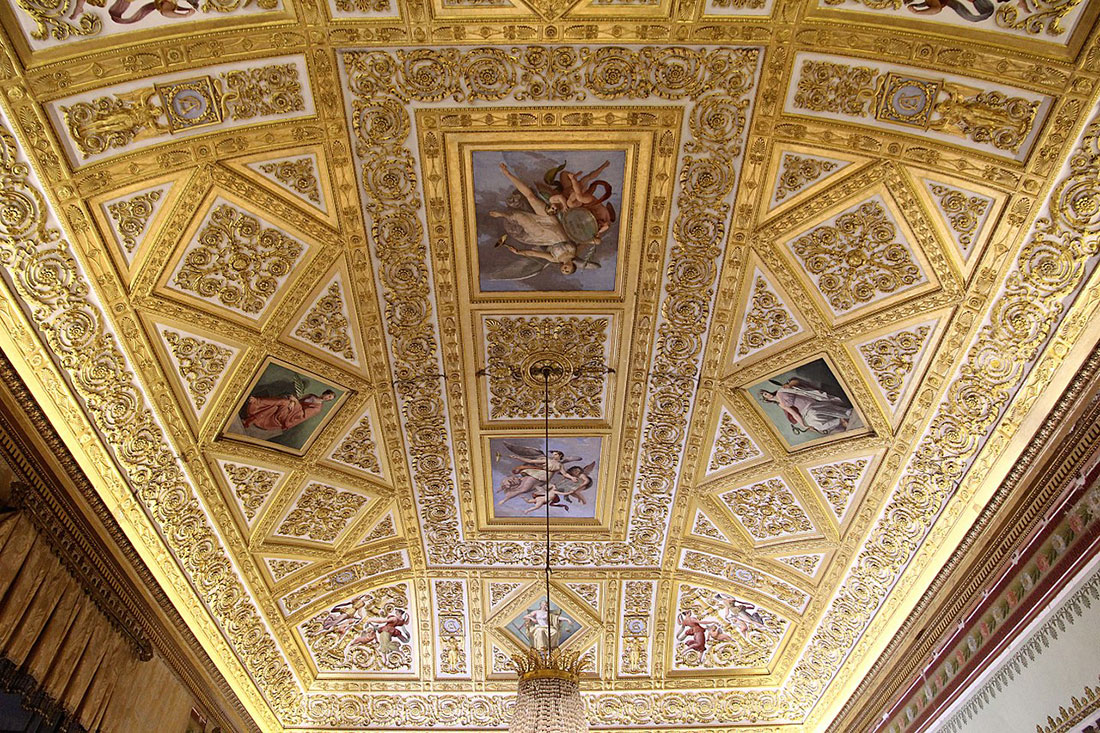
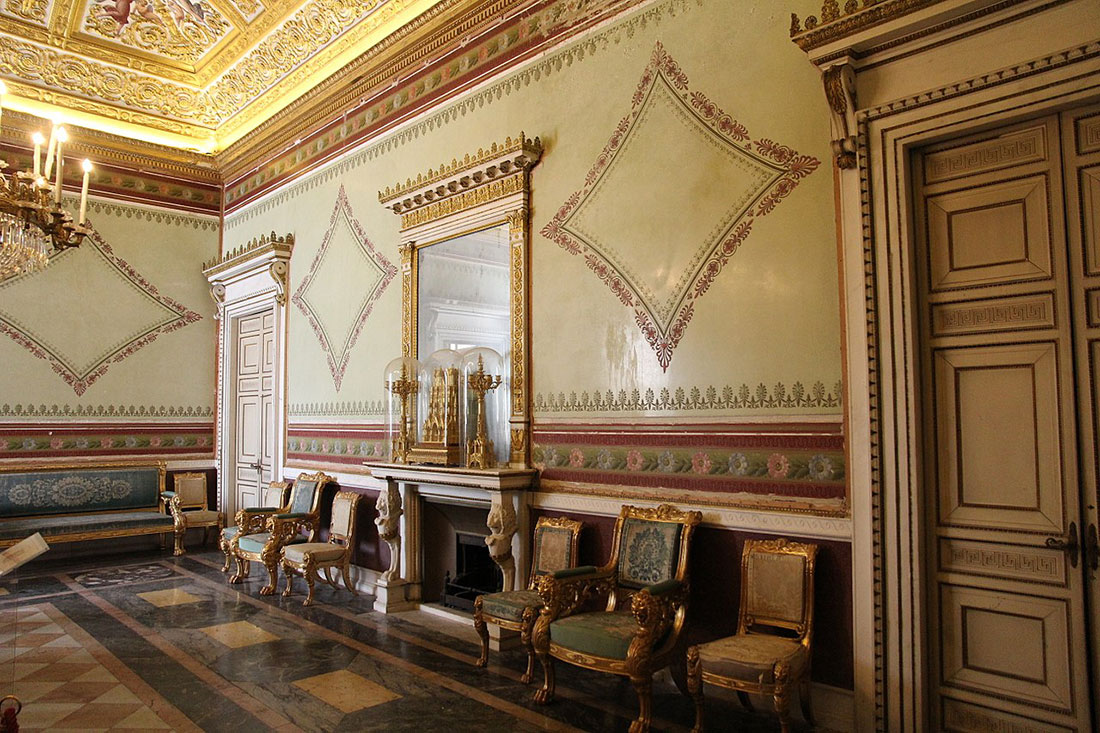
In 1980, Racconigi Castle was bought by the state. Reopened in 1994, the residence is mostly open to the public and is undergoing constant conservative restoration to preserve the structure and restore the complex in its former glory. Today it is one of the best-preserved residences of the House of Savoy, famous for its large collection of furniture, paintings and interior items, and is also a permanent venue for cultural events.
